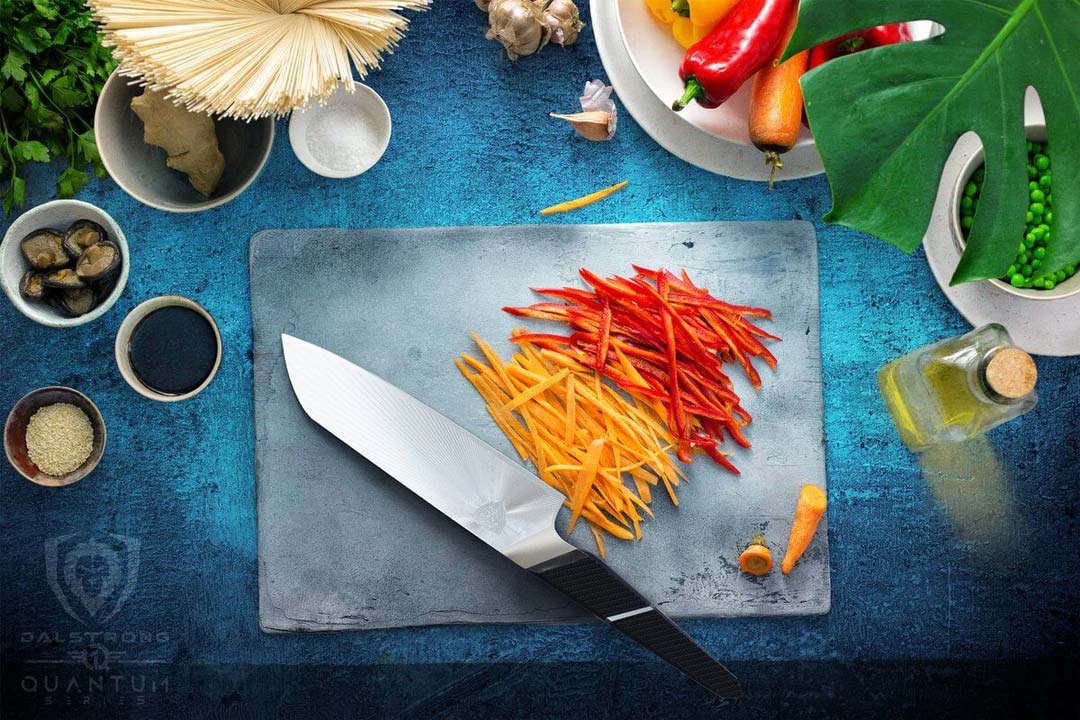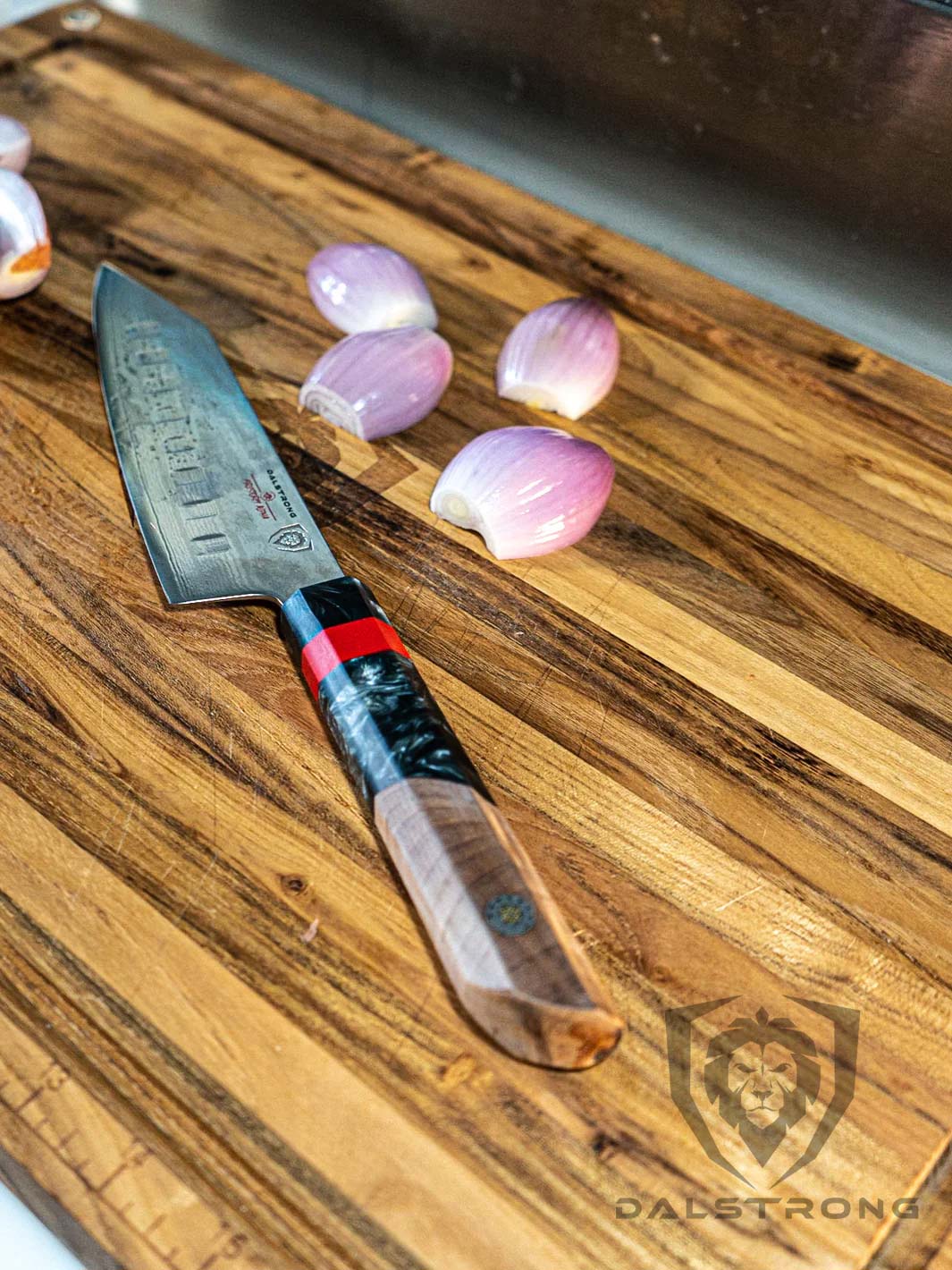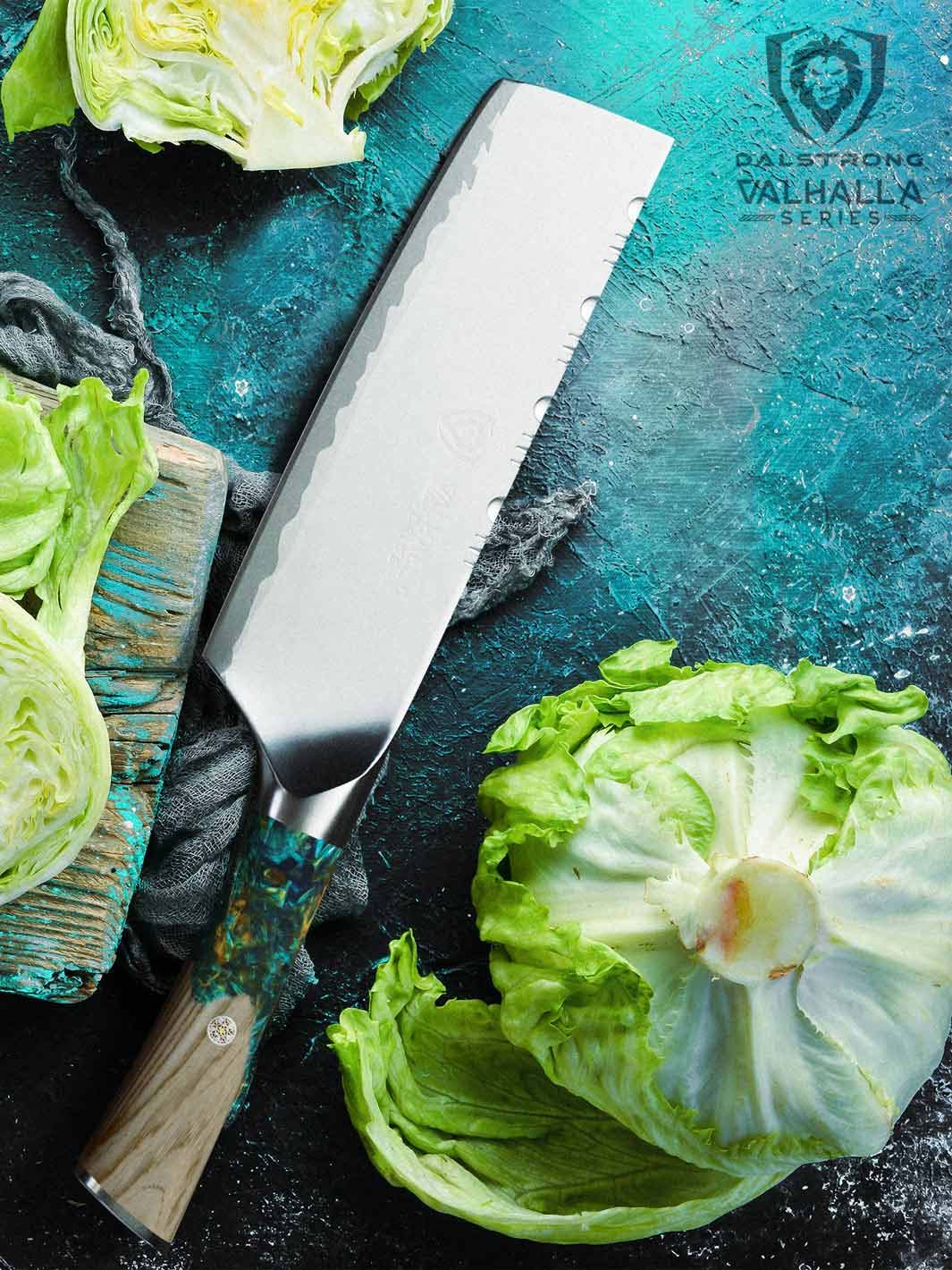Classic French Toast Recipe (Plus Myths And Facts)
Quick Overview: Classic French Toast Recipe
- Preheat a skillet over medium heat.
- Mix eggs, milk, sugar, vanilla, salt, and cinnamon.
- Dip thick bread slices into the mix.
- Brown both sides in the skillet.
- Serve with your favorite toppings.
We all want to be proud of a healthy lifestyle, but once in a while, we get tired of all the salad recipes. This is when an easy French toast recipe comes in perfectly for breakfast and brunch (hey, you can have it for dinner, no one is judging!)
With few ingredients, little prep time, and little cooking time, this recipe is delicious and fun. And the nutritional information is not nearly as bad as they make you believe, trust me! (well, maybe just skip the heavy cream…)
1. Is French Toast Really French?
French toast is not exactly a recipe from France. They have the dish in France, but it is called Pain Perdu (meaning "lost bread"), which was not invented there.
Then why is it called French toast, you ask? Well, that's a great question, which today remains somewhat a mystery. There are several theories and facts, and to be as thorough as possible, I will state them here.
FACTS:
- The first reference to the recipe comes from Ancient Rome, as "The Book Of Apicius" would confirm. The book mentions a recipe where bread slices would be dipped in milk and then fried. They called it Pan Dulcis.
- In 1660, the term French Toast was first used in England in the book "The Accomplished Cook".
- The term "French Toast" appeared in The Encyclopedia of American Food and Drink in 1871.
THEORIES:
- Irish immigrants brought the term and recipe to the United States and Canada.
- French toast was invented by someone called Joseph French in Albany, United States, in 1724. He wanted to name the dish after him but forgot to add the apostrophe.
- My favorite: It all comes down to a marketing trick: adding "French" to the name would make it sound glamorous and maybe more expensive. French cuisine is universally praised, after all.
As you can see, in none of the scenarios is French Toast, a French recipe. But who cares? It's one of the most fulfilling breakfast and brunch traits of all times, so let's cook some, shall we?
2. Best Bread To Use For French Toast
It is true that, technically, you could use any bread for French toast. But trust me: Using the proper bread makes the difference between a perfect french toast and a mediocre one.
What you should look for in the bread you use are flavor, thickness, and density. The recipe requires you to soak each slice entirely. The bread will be wet but still should be able to preserve its integrity. Thin, airy bread won't do. You need sturdy, dense bread.
Some people also use next-day bread for French toast. Apparently, this bread absorbs the egg mixture better. I haven't tried it yet, but it sounds plausible. Give it a try while also reducing food waste!
These are the most recommended bread for french toast:
- Brioche: widely accepted as the best bread for this recipe. Make sure to get a brioche loaf ready to slice, not individual buns, as it's commonly found. Brioche is usually sweeter than other bread and absorbs the mix really well, resulting in a French toast that is sweet on the inside and crunchy on the outside.
- Challah bread: Challah bread, Jewish bread or braided bread, is an excellent choice for French toast, similar to brioche in some ways, thick and resistant enough for French toast.
- White bread: a practical option for French toasts because this is usually the bread you always have at hand. The softer flavor of white bread will highlight the flavors of the egg mixture and the toppings. Tip: Cut the slices a bit thicker than you would cut brioche or challah.
- Baguette: with its crispy crust and neutral flavor, it's a great option for making delicious, less sweet French toast because baguette is sugar-free.
- Sourdough bread: It is true that this is a light, airy bread, but the thick crust will stand a good soaking and hold the shape.
- Croissants: A bit more unusual, but, believe me, day-old croissants will make a delicious French toast breakfast, thanks to the texture and intense buttery flavor of croissants.
- Japanese milk bread: similar to white bread, with a spongy texture and sweet flavor. It is usually rectangular and has a thin crust.
3. Best Toppings For French Toast
- Maple Syrup: This is the French toast topping par excellence. You can also add other alternatives such as chocolate syrup or caramel.
- Honey.
- Fruits: Fresh fruits, such as strawberries, blueberries, and bananas, are a healthy and refreshing option. You can also get creative with roasted pineapple or coconut flakes.
- Nutella: The quintessential topping for kids, but also for adults (or is it just me?).
- Jam.
- Peanut butter: French toast goes great with the sweet and creamy taste of peanut butter.
- Cinnamon.
- Icing Sugar (regular sugar can also be used, by all means!)
- Chopped nuts: walnuts, almonds, or pistachios add flavor and crunch to every bite.
- Avocado: Sliced or mashed, avocado will definitely add a plot twist to a French toast breakfast.
- Bacon: What's not to love about the sweet and savory combo?
- Scrambled eggs
- Smoked salmon. This, just like avocado, is the fancy topping that turns a weekday breakfast into a weekend brunch.
Sassy ideas to try!
- Cheese and honey
- Peanut butter, bananas, and strawberries
- Marshmallows, chocolate, and crushed cookies.
- Peaches and cream
- Serve French toast with your favorite salad recipes or pork recipes!
4. Tools You Will Need For Cooking French Toast
1. Serrated Bread Knife 9" | Phantom Series
First thing first, you need a proper bread knife to get those perfect bread slices with the desired thickness and texture without them crumbling all over the place. Well, this Dalstrong serrated knife is more than "proper". Get the perfect slices in a single stroke.
PROS:
- Serrated on both sides for more efficiency.
- Besides bread, you can use it for roasts, sausages, melons, pineapples, kiwis, tomatoes, etc.
- The blade is made of Japanese steel and hand sharpened under the Honbazuke method.
- The traditional Japanese handle (D-shaped) is super comfortable to hold.
CONS:
- Serrated knives have a different sharpening process than a regular blade. Some people prefer to delegate the task to a professional.
- Some people prefer Western-style knives and handles. For more information on the best bread knives click here.
2. Bread Knife 10.25" | Shogun Series
Another great option for the more ambitious. This professional bread knife will become your sword when in a battle against hard, thick crusts, no matter if it's bread, fruits, or pastry. If you love baking, you'll be using this serrated knife for a lot more than just French toast.
PROS:
- The blade, longer than average, is made of 67-layers of high-carbon stainless steel.
- Special Nitrogen treatment for corrosion resistance.
- Overall a beautiful piece with Dalstrong's exclusive "Tsunami Rose" pattern engraved on the blade.
- Ergonomic handle.
- Designed to withstand heat, cold, and moisture.
CONS:
- If we're being honest, if you are only looking for something to slice your breakfast bread, this high-end knife might be overkill for some home cooks.
- The higher the quality, the higher the price. The price tag here reflects the fact that it belongs to a premium segment.
3. Teak Cutting Board | Medium Size
Now you need a proper surface to slice the bread. This wooden cutting board is as beautiful as it is convenient. The size is perfect for slicing bread for French toast or any other recipe. It has the stunning style of teak's natural patterns with all the advantages of end grain wood: super strong and durable.
PROS:
- This cutting board is made of teak, a wood naturally resistant to moisture.
- It won't dull the edges of your knives quickly as other materials would.
- The design is practical and functional.
- The measuring lines allow for more precise cutting.
- Easy to store.
CONS:
- If you're the type who throws everything in the dishwasher, be aware that you cannot do this with this board. It should be washed by hand to maintain its wonderful properties.
- You can always get a larger cutting board if you'll be doing more in the kitchen than just slicing bread.
4. 10" Frying Pan & Skillet | ETERNA Non-Stick | Oberon Series
Next: browning the toasts. This aluminum is great for French Toast, primarily because of its non-stick superpower. A dense breakfast like French toast could use a little healthy cooking without the need for oil or butter. It is built with 3 layers of aluminum and additional layers of non-reactive stainless steel.
PROS:
- Excellent thermal conductivity.
- Beautiful design and functionality.
- The medium size is practical for cooking two pieces of toast at once.
- Made of non-toxic and non-hypoallergenic materials.
- The handle design represents an innovative grip.
- Tempered glass lid for viewing the cooking process.
CONS:
- Non-stick pans, practical as they are, need special care and maintenance on your side to protect their surface.
- The size is very practical for a single person or a couple, but other situations may require a bigger frying pan like this one.
5. 12" Frying Pan & Skillet | ETERNA Non-stick | Oberon Series
French toasts can be fast and simple, but that doesn't mean you have to go small. The Eterna® non-stick coating will guarantee a mess-free French toast breakfast but also perfect steaks, fish, or omelettes for a special occasion.
PROS:
- Special cladding technology that makes it extra durable no matter what or how often you cook.
- Big enough to cook any recipe comfortably.
- The extra thick 35 micrometers coating used by Dalstrong is not only superbly efficient, it will also last longer than any other non-stick coating in similar brands.
- Use it on electric ranges, induction cooktops, and gas stoves.
- Oven-safe!
- The food cooks evenly every time.
- Glass lid with a vented hole.
- Great price for the quality.
CONS:
- This is sturdy cookware, it's meant to be so by construction. If lightweight is an attribute you were looking for, consider this factor first.
- Again, non-stick is delicate. So you need to keep your sharp knives and other metal utensils away from it at all times and store them carefully. This is only a con if you are known to be super sloppy around the kitchen.
5. Classic French Toast Recipe
Ingredients
- 4 eggs (large)
- ⅔ cup milk (some people use heavy cream)
- 6 slices of bread (as thick as possible)
- 1/4 cup sugar (some people use brown sugar)
- 1 teaspoon vanilla
- ½ teaspoon cinnamon
- Pinch of salt
Instructions:
- Preheat a skillet over medium heat.
- Whisk the eggs, add milk, sugar, vanilla, salt, and cinnamon to a shallow dish or bowl.
- Dip the bread slices into the mix. Make sure to coat each slice well on both sides, but be careful to get them too soggy.
- Transfer the slices to a skillet and cook until the bottom starts to get golden brown, then flip the slices and cook on the other side. This shall take about one or two minutes per side.
- Serve with the topping of choice (I love maple syrup).
6. Ten Secret Tips For Making Great French Toasts
However easy it may be, there are a few secrets to ensure you get that perfect French toast breakfast you've been fantasizing about.
- Stale bread? Day-old bread? Don't throw it away! It's perfect for French toast. That's the big secret. Bread that is already dry will absorb the egg mixture better without falling apart.
- Actually, if the bread is too fresh, you may want to dry the slices in the oven for about 10 minutes before cooking the French toasts.
- The slices are supposed to be thick. A good thickness for French toast is one inch, so the slices are able to absorb more and better.
- Well-soaked bread. The bread should be well coated with the egg-milk mixture.
- You can season the egg mixture. Although the essential ingredients here are milk and eggs, you can season the liquid with vanilla, cinnamon, sugar, or salt to add an extra touch. If you want to go further, add spiced rum or a liquor of your choice.
- Use a non-stick frying pan (recommendations on point #4). This way the toast can be browned with little fat, without getting soggy, getting burnt, or sticking to the pan.
- Some people like to use only the yolks to reduce the "egg flavor".
- Healthier French toasts can be made using whole wheat or gluten-free bread, honey instead of sugar and greek yogurt as a topping.
- You can also make oven-baked French toast! Actually some people swear by them. Just bake the coated slices at 350 degrees Fahrenheit for about 30 minutes until golden brown.
- French toast is best eaten warm. Ideally, serve them as soon as they come out of the pan.
7. French Toast Nutritional Information
(Estimated values per serving: 1 slice without syrup)
Calories: 219 kcal
Fat: 11 g
Cholesterol: 129 mg
Sodium: 237 mg
Potassium: 97 mg
Carbohydrates: 23 g
Fiber: 1.1 g
Sugar: 4 g
Protein: 7.3 g
French toast has a reputation of being loaded with calories and carbohydrates. This may be true, depending on how you cook them, but let us not forget they're also nutritious and rich in proteins.
- French toasts are a source of energy
- One French toast provides 6% of the fiber daily requirement
- They also bring some protein to start your day
- They provide vitamins and minerals
8. How to Store French Toast
You can freeze French toasts easily. Just separate them first, placing wax paper between each slice. Then wrap each slice in aluminum foil and put them in the fridge. You can also use freezer bags. Eat them in the next two months.
To reheat frozen French toasts in the oven, bake them at 375 degrees Fahrenheit for about ten minutes on a cookie sheet. You can also use the toaster, although you may need to toast them twice.
9. Frequently Asked Questions About French Toast
Can you make vegan french toast?
You can make vegan French toast by using an egg substitute and plant-based milk like almond milk or coconut milk. Most vegan eaters use cornstarch instead of eggs.
How much preparation time is needed to make French toast?
An easy French toast recipe needs as little as five minutes of prep time and five minutes of cooking time.
Can I use almond milk for French toast?
Yes! You can use an almond mix or any other plant-based milk for the egg-milk mixture.






































































































































































